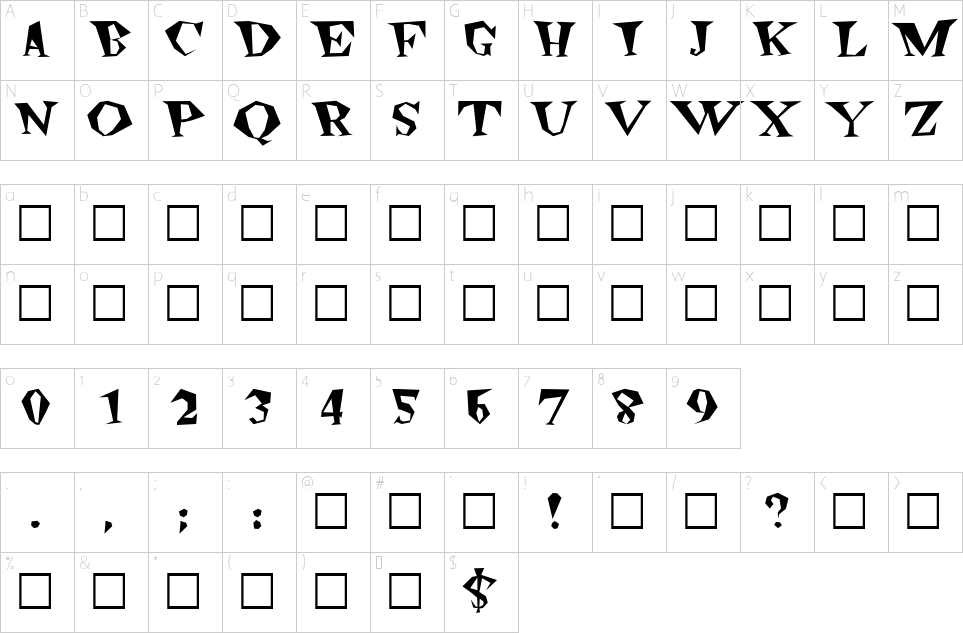Freakout Font
Laser Cutting
Font Files
- Freakout Plain.ttf
Font Details
| Designer Name: | Marty Bee |
| Font License: | Free for Personal Use |
| Website: | https://moorstation.org/typoasis/designers/bee/marty01.html |
Character Map

| Designer Name: | Marty Bee |
| Font License: | Free for Personal Use |
| Website: | https://moorstation.org/typoasis/designers/bee/marty01.html |
